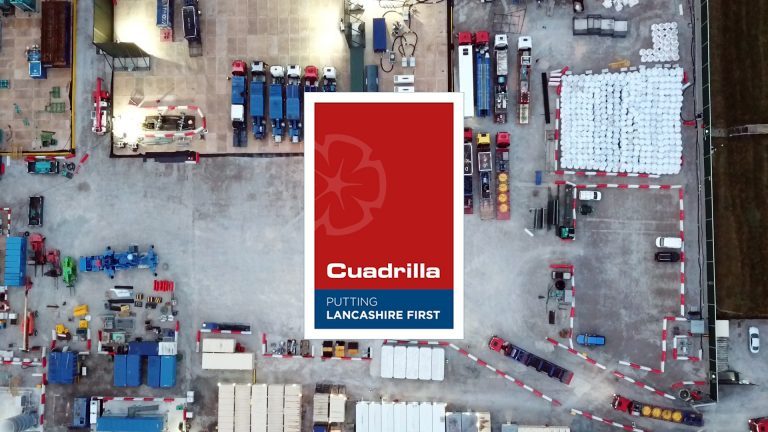Cuadrilla Resources has announced the proposed locations for two new exploration sites in the Fylde as part of its work to understand the full potential of Lancashire’s shale gas resources. The company intends to apply for planning permission to drill, hydraulically fracture and test the flow of gas from up to four exploration wells on each of the sites, one at Roseacre Wood and the other at Preston New Road. Separate applications will also be made to install two seismic arrays that would be used to monitor the hydraulic fracturing process. The independent planning and environmental consultancy Arup will prepare an Environmental Impact Assessment (EIA) for each of the new exploration sites.
The Cuadrilla team has started to speak to residents and community representatives living near to the two new sites, which are located close to Roseacre and Little Plumpton, and the company has committed to an extensive programme of public consultation to support the development of its proposals.
Francis Egan, Cuadrilla’s chief executive, said:
“We’ve been working hard to assess our site options and have undertaken extensive technical and geological analysis. As a result of this work, we have decided to focus on just two sites at this time. This will allow us to reduce the potential impact on the local area during exploration while still gathering the important information we need to determine how much gas could be recovered. We’re committed to being a good neighbour and to talking with the community at every stage of the process.”
A scoping report outlining Cuadrilla’s proposed approach to environmental assessments for the new sites will shortly be submitted to Lancashire County Council.
As part of Cuadrilla’s review of sites, the company has decided not to apply for permission to carry out hydraulic fracturing at its Grange Hill site at this time. The existing well will now be used as the base for a seismic monitor to complement the seismic arrays that would be installed around the proposed new sites. This complies with the recommendations made by the Royal Society and The Royal Academy of Engineering for the monitoring of background seismicity.



